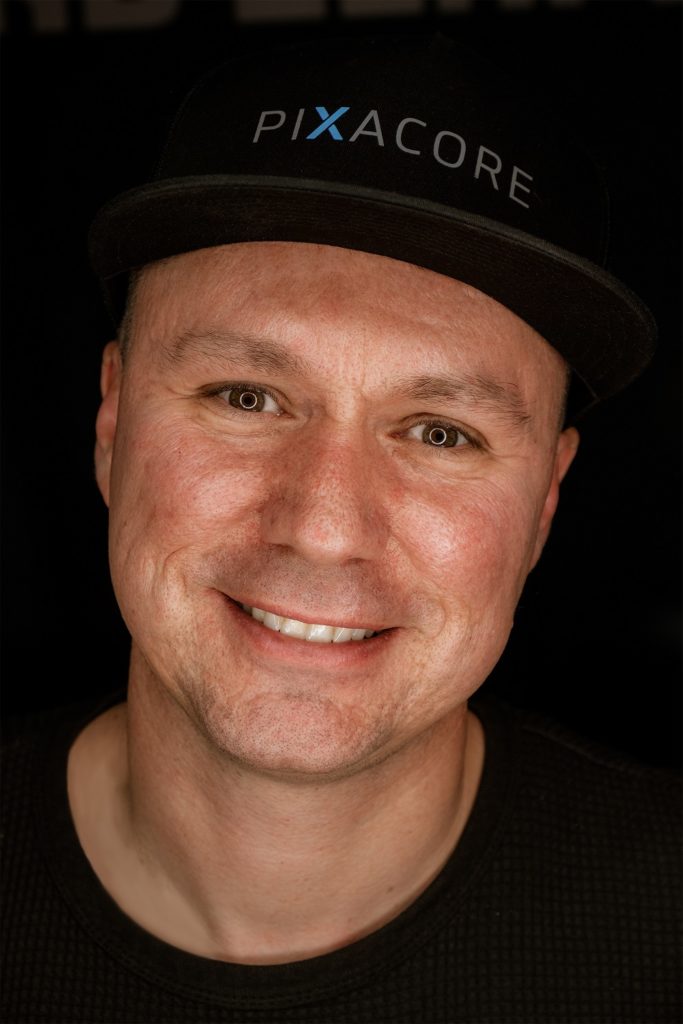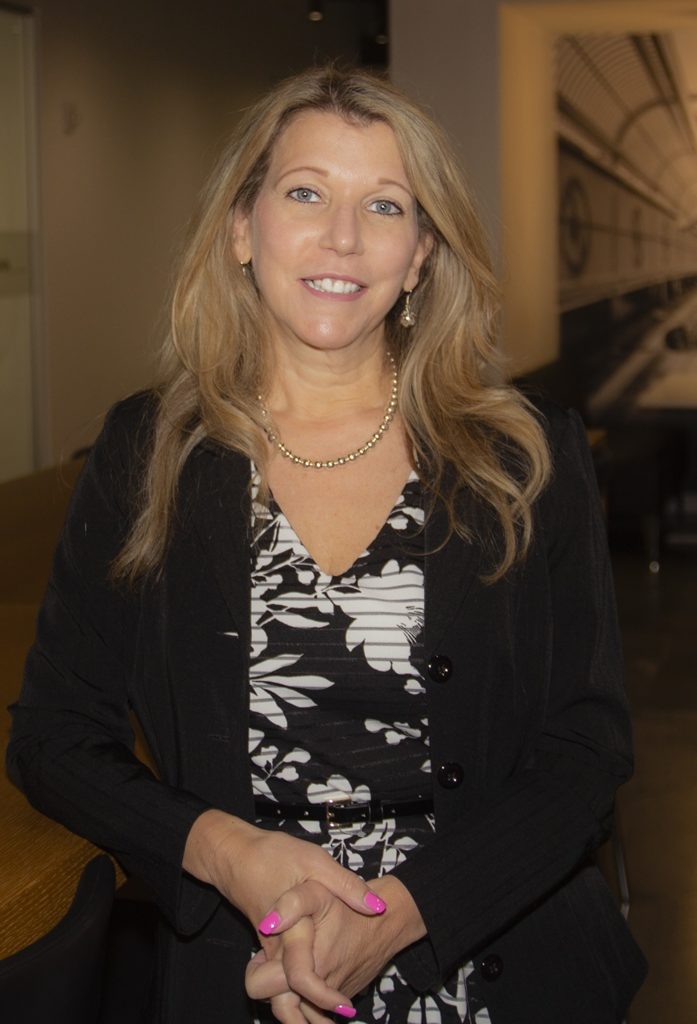Industry leaders discuss the reality of AR and VR and provide examples of when the technologies have worked — and when they haven’t.

Ben Voss
Chief technical officer
Pixacore
The marketing world has an immense appetite for novelty, and new technologies are used to create a futuristic image for brands. However, their fast rate of adoption makes content and user experience mere bystanders.
While hot trends have cooled and the luster of shiny new objects has faded, immersive technology is not only strong but gaining momentum. This is evident in practical and well-devised immersive applications, such as the employee training deployments at Verizon and Wal-Mart or the use of VR to reduce treatment-induced anxiety and pain at Lucile Packard Children’s Hospital Stanford.
In the realm of new technologies such as VR and AR, we must train ourselves to search for the success stories, from which we can learn to create meaningful experiences. VR and AR can reach people and train brains in unique ways. While general adaptation is on the rise, we should prepare ourselves to correctly support these formats.

Brandie Linfante
SVP, Engagement Strategy
Ogilvy Health
The adoption of virtual reality holds great promise for healthcare. An outstanding example is the VR Vaccine that launched in Brazil, that is used to transform the vaccine experience for children and eliminate their fears.
The technology brings to life a fantastic world where the child becomes the hero being led through a story, that is matched step by step by the nurse, and the vaccine shot is illustrated as a shield that helps protect them from enemy invasions.
The Excedrin’s Migraine Experience used augmented and virtual reality to vividly demonstrate that a migraine is not just a headache. It helped to build empathy and understanding for migraine sufferers by allowing friends and family members to see and experience what a migraine feels like. It gained tremendous momentum and accolades. However, unfortunately the application did not transcend into an experience for more widespread use and education, for example, as a learning resource for healthcare professionals who treat migraine patients.

Peter Leynes
Director, medical animation
Klick Health
HealthVoyager, the medical education and patient experience platform we developed with Boston Children’s Hospital uses VR technology to bring gastrointestinal patients’ specific medical findings to life in full 3D.
By integrating into the clinical workflow of endoscopic procedures, such as colonoscopies, the HIPAA-compliant tool can take pediatric patients on personalized VR tours through their GI tracts and help them better visualize and understand how their disease affects them.
There have been many advances in VR over the last five years, but locomotion is still an issue. Motion trackers let users walk through 3D space, but their range is limited. Some video games try to resolve this by adding a teleportation mechanic; however, it can break immersion. For example, Superhot doesn’t give gamers the same level of freedom as Doom VFR with its teleporting ability but it is more immersive, so users focus on the experience rather than the technology.”

Jacob Shepherd
Director, product development, Intouch Group
As for a great example, we’re partial to Regeneron and Intouch Solutions’ “In My Eyes.” This AR/VR app facilitates productive conversations by helping healthcare professionals, caregivers and others understand how it may feel to live with certain retinal diseases.
Inspired by years of conversations about the challenge of articulating the patient experience, it works because VR can be such an effective vehicle for delivering empathy for patients.
An ill-conceived example can be seen in Kellogg’s Virtual Tasting Experience.
Kellogg was trying to promote its new “Ancient Legends” cereal, made with ingredients from the age of Cleopatra. The hardware was awkward and bulky and didn’t provide adequate tracking, making it necessary for users to wear a bib to protect against spilling cereal while wearing the headset. Ultimately, the concept failed and the lesson was clear – just because the tech is new and shiny doesn’t mean it’s right for every campaign.
From the September 01, 2019 Issue of MM+M - Medical Marketing and Media







